The 21-100 will cover most of the documentary shooting situations you’ll find yourself in. But unlike the other Zeiss cinema zooms, the 21-100 only covers Super 35, so you can’t use this on your full frame cameras. Let’s take a closer look at the aspects of this lens.
Zeiss LWZ.3 21-100 Zoom
| Zoom Factor | MSRP Price | Weight | Lens Mount | T* | Focus Rotation | Iris Blades | Front Diameter | Minimum Focus |
| 4.8x | $9,900 | 4.4 lbs | Canon EF / PL / MFT / Nikon F / Sony E | T2.9-T3.9 | 294° | 11 | 114mm | 2.6’ |
Build and Functionality
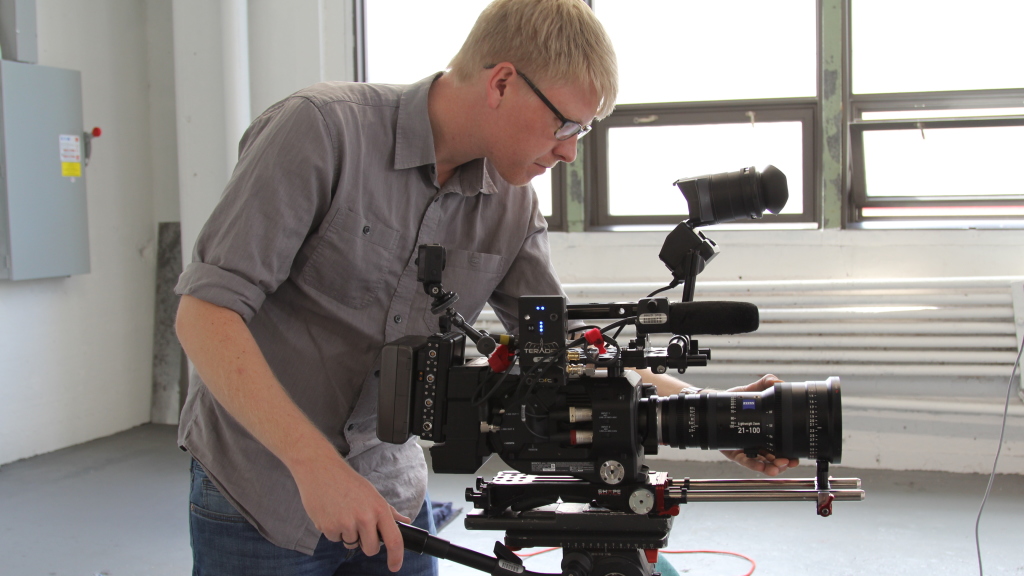
The 21-100 is solidly built, with full metal construction. Despite this, the lens weighs in at a comfortable 4.4 pounds. The lens is also touted as having a “splash-proof housing,” allowing you to continue shooting when the elements don’t cooperate. Unfortunately I wasn’t able to test this attribute with the loaner I was given, but I’ll take Zeiss’s word for it.
The 21-100 is an aperture-ramping lens. Unlike other lenses that are consistent up to a point and then drop off, the 21-100 gradually reduces the T-stop all the way through the zoom range. T2.9 at the wide (21mm) end that consistently stops down to a T3.9 at the long (100mm) end of the lens. I also found that despite being midway through the focal length range that would technically have you somewhere around a T3.2-3.5, the iris ring still says T2.9. This can be deceiving, as you never really know what your T-stop is.
The focus ring has 294° of rotation, which is quite long, considering the size of the barrel. While this is nice when you need to nail precise focus marks, it can be a little too long when performing long focus racks handheld.
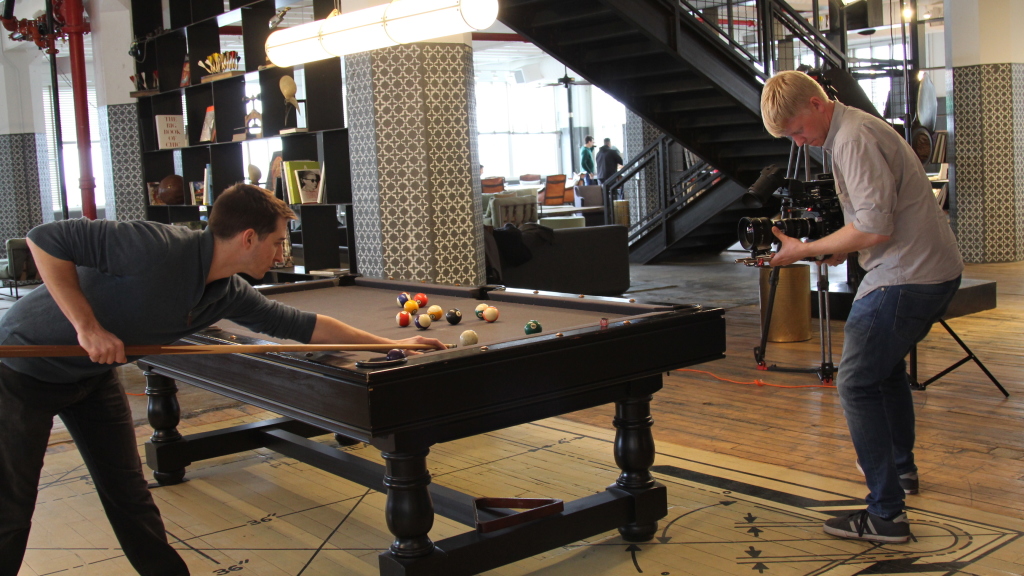
The lens rings are geared with the standard 0.8mm film gear pitch for use with a follow focus or motorized FIZ control, along with having a comfortable rubberized ring on the focus and zoom that make it easy to find and grip the rings when shooting. The lens does not have an ENG servo grip, so it’s to be used purely as a cinema-style lens. I did find that the focus ring is spaced much further away from the iris and zoom, making it more difficult to operate all three rings with one hand when handheld on the shoulder; it slowed me down a bit, since I had to go fishing to find the focus ring.
The 21-100 makes it easy to use with a multitude of camera types. It’s available in Canon EF, Nikon F, Sony E, MFT, or PL, and the mounts are field-switchable, without having to send in to a service center.
The lens is parfocal, so you can hold your focus throughout the zoom range. We also tested to see if there is any drift when you zoom. The lens holds center perfectly as you zoom in or out.
Geometry
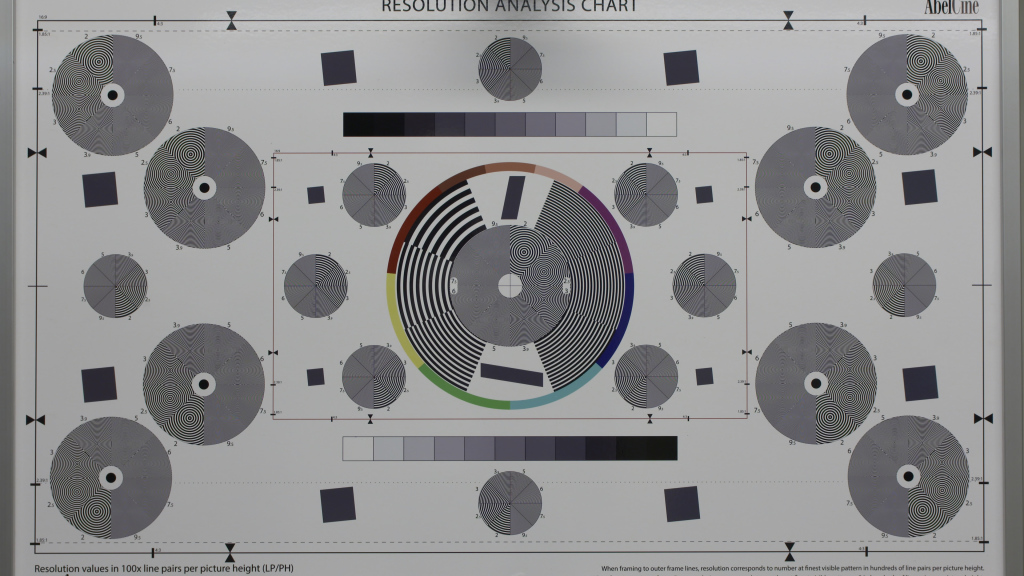
To test the lens geometry, we shot the resolution chart at 35mm, the same focal length with every lens. While it’s not looking at the widest point on the lens, a consistent focal length across every lens gives us a better idea of how they each compare. The 21-100 has almost zero distortion, with only the slightest barreling. For reference, here is the lens at 21mm, the widest, in the interview frame. Again, there is no distortion.
Edge Brightness
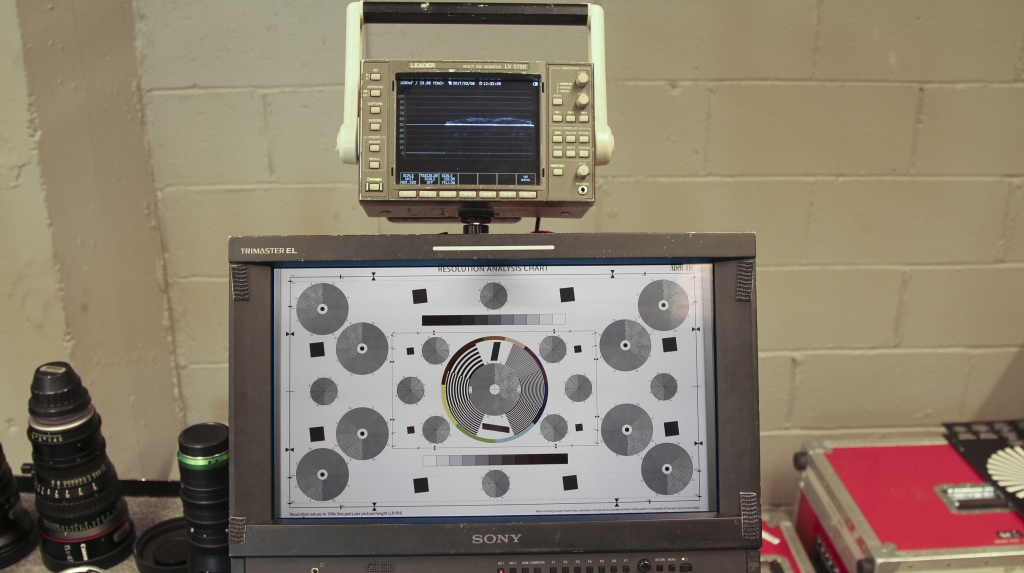
By shooting the resolution chart at every T-stop from wide open to T11, we can test the edge brightness, or if there is any falloff on the edges of the frame. The 21-100 has almost no falloff, even wide open at T2.9. But certainly by T4 and above, there is zero falloff. Click here to download screen captures of all T-stops.
Sharpness
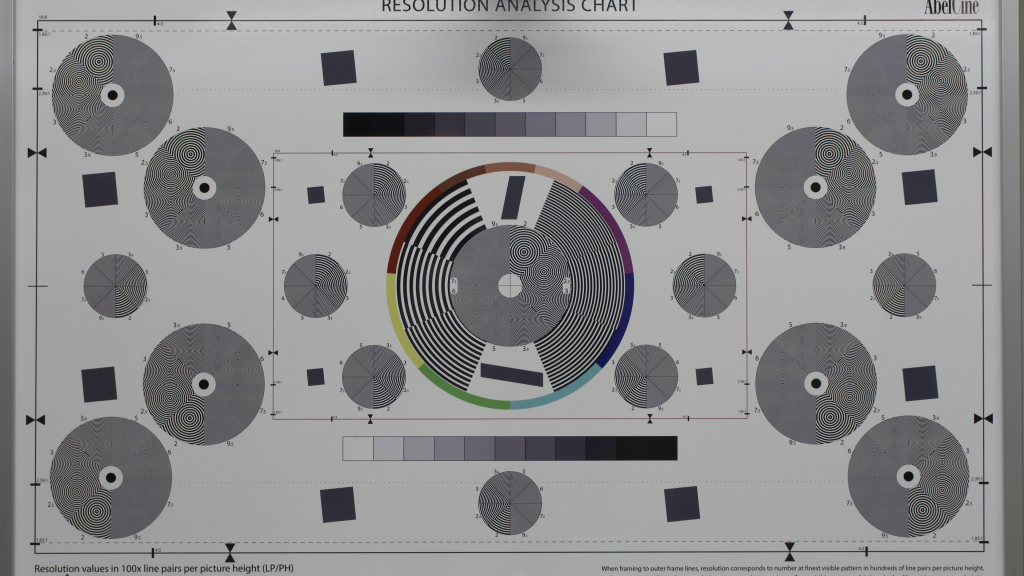
The 21-100 is a very sharp lens, edge to edge. There is no perceivable sharpness falloff at any T-stop. While the lens is very sharp throughout the T-stop range, it finds its sweet spot at T5.6 and above. Download full resolution screen captures of all T-stops here.
Chromatic Aberration
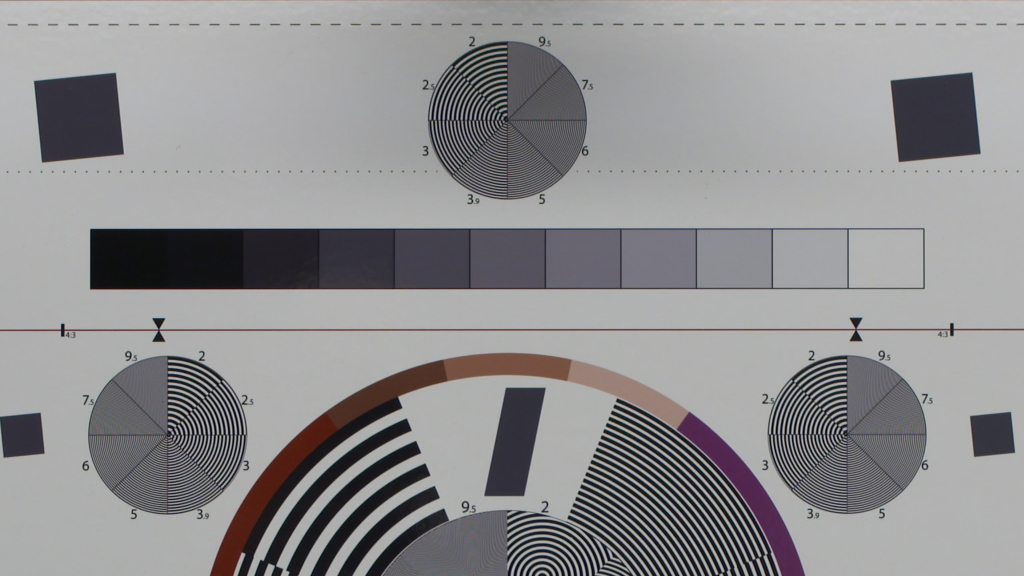
We tested for chromatic aberration by looking at the resolution chart once again. There are off-kilter boxes scattered throughout the chart, these are there to test for chromatic aberration. By being rotated a few degrees, they create very slight angles that lenses can have a hard time with. Along these lines is where you would easily see color fringing. With the 21-100, there is no discernable aberration. In a real world scenario, this would also appear along the window edge in high-contrast locations, but you will not notice any fringing here either.
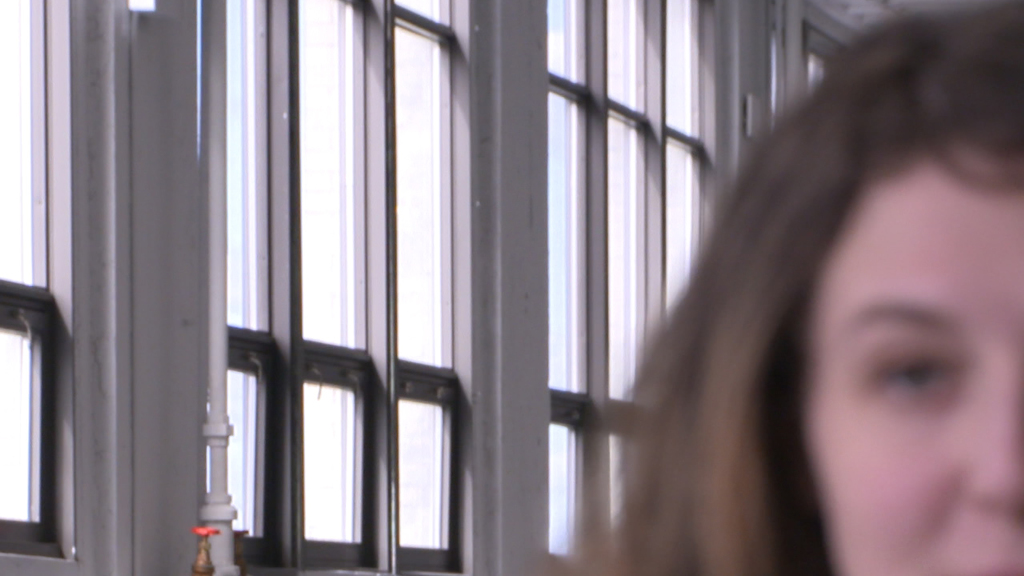
Color
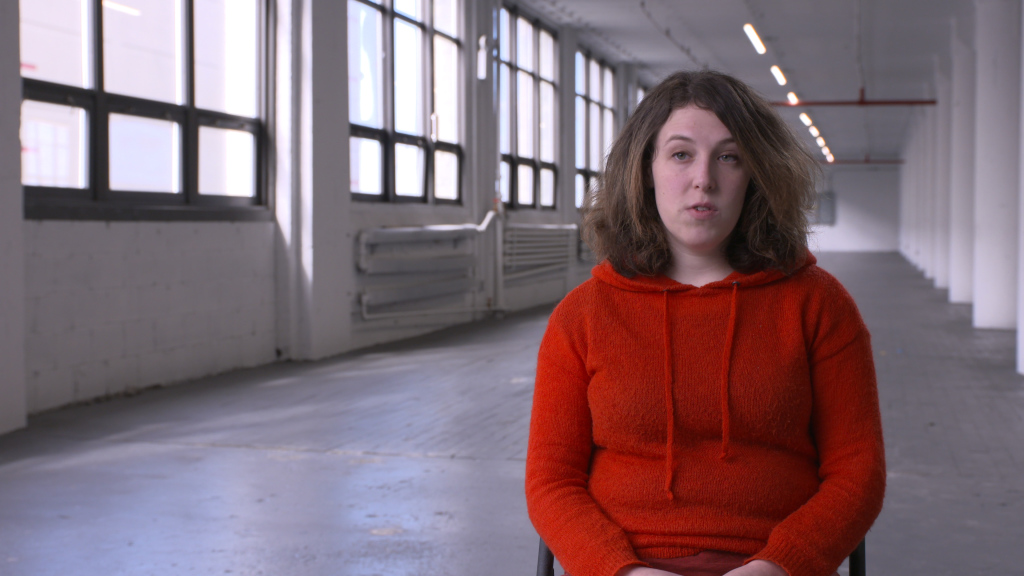
The 21-100 is the coolest lens we tested. While the colors do run on the cooler side, the skin tones still hold up nicely. The lens also has nice, slightly lower contrast. In my experience, this lens matches well with the Zeiss Compact Primes in both color and contrast. Click here to download larger, detailed examples.
Breathing
We set up two scenarios to test for breathing. The first is in the interview frame at 35mm and 50mm, where we rolled the focus from foreground to background. This is a great way to see if there is any zooming or scaling of the image as you adjust focus. Quite impressively, there is zero breathing with this lens at either focal length.
In a more real-world scenario, we filmed JC taking a corner shot at the billiards table, at both the wide and tight end of the lens. You can see again that there is zero breathing with this lens.
Minimum Focus

The minimum focus of the lens is 2.6’. This is a normal distance compared to many of the lenses we tested, but not overly impressive. At 21mm, the focus distance doesn’t make you feel very close to the object. For verite work though, this is a perfectly acceptable minimum focus distance.
Bokeh

The lens renders the out of focus elements pretty standardly. For the most part, the cafe bulbs are perfectly round and smooth, with no apparent distortion. But if you take notice of the bulbs towards the edge of frame, you start to see a vertical stretch and jaggedness to the edges. This effect appears to be uniform on both sides, lasting for the first and last quarter of the frame.
Lens Flares
This lens is incredibly flare resistant. Probably the most resistant of all the lenses we tested. At the wide end of the lens, there is a small but sharp starring pattern around the light that quickly fades away. While there are numerous elements represented in the flare trail, they are very small–some almost pin-pointed–and overall, the flare is very blue. While some lens flares have a completely different look from the wide to the tight end, the 21-100’s flare at the tight end is exactly the same, except zoomed in. There is the same sharp starring around the light, except now it fills most of the frame. The trail elements are larger as well, but not many appear. The only difference is there is a slight introduction of purple to the look.
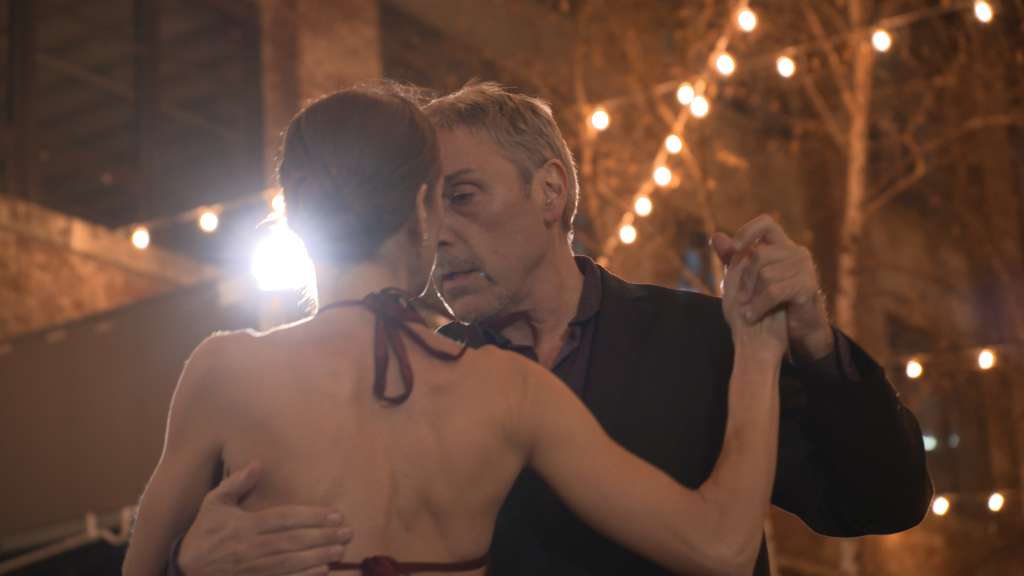
When looking at the flare in scene, you can easily see how the lens coating fights away the flare, leaving a very clean image. Click here to download more examples.
Conclusion
The Zeiss LWZ.3 21-100mm is a great addition to the Zeiss cinema zooms. The focal length range is great for all around coverage and the size and weight make it a manageable lens on a variety of camera sizes. The lens is well built and sturdy, and can hold up to the elements often found in documentary productions. The availability of lens mounts is more diverse than any other lens we tested.
The lens feels good when operating, especially with the rubber grips on the focus and zoom rings, but I found the location of the focus ring–spaced so far from the rest of the lens rings–difficult to operate one-handed. The focus throw of 294° is also a little long for my taste, but great if you’re working with an AC.
The variable aperture works well when shooting solo, since the gradual reduction in exposure is subtle, but can make multi-camera productions difficult when trying to match exposure at different focal lengths.
The lens performs well technically. It has clean geometry, is very sharp, and has no brightness falloff or chromatic aberration. The lens doesn’t breathe at all, which is very impressive. The lens is cool in color with good contrast and is incredibly flare resistant.
I hope you found this lens test useful, and be sure to check out the other lenses in the Behind the Lens – A Look at Documentary Zooms series.

















